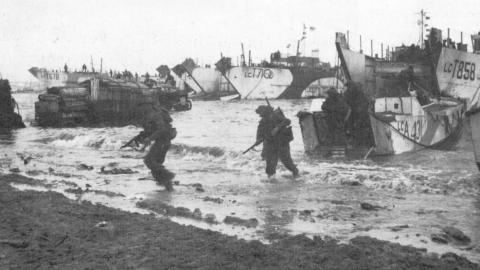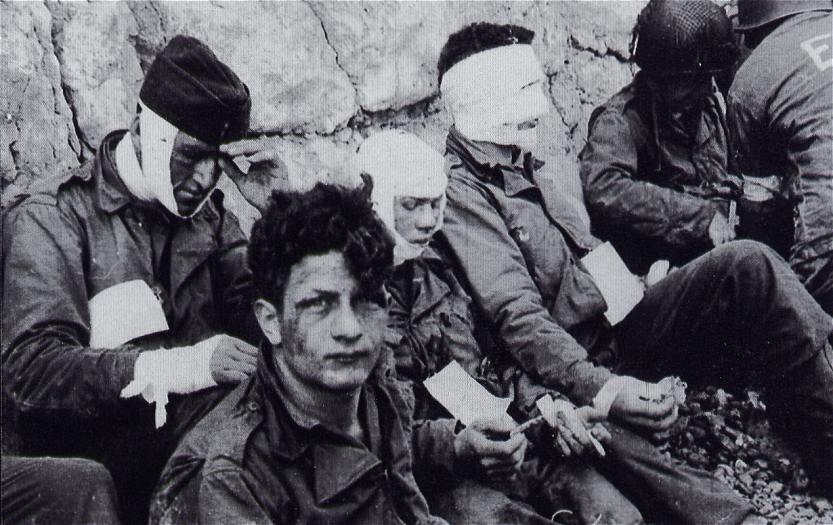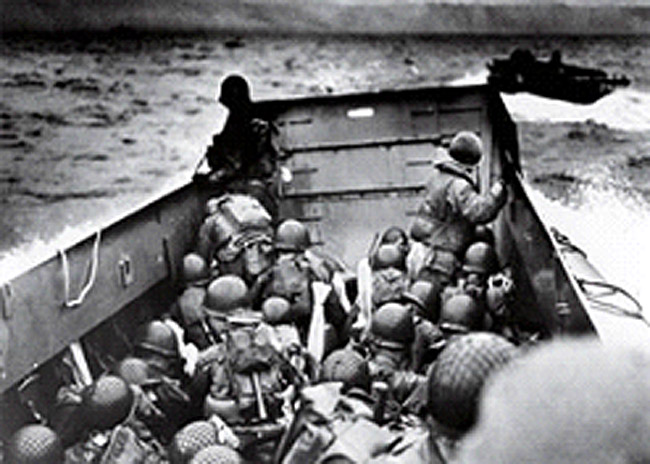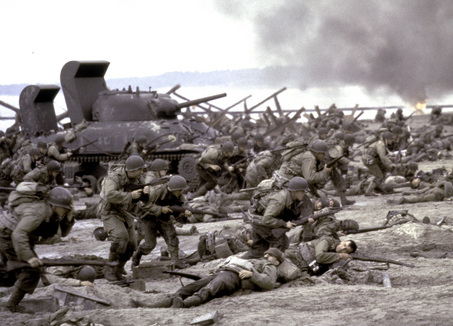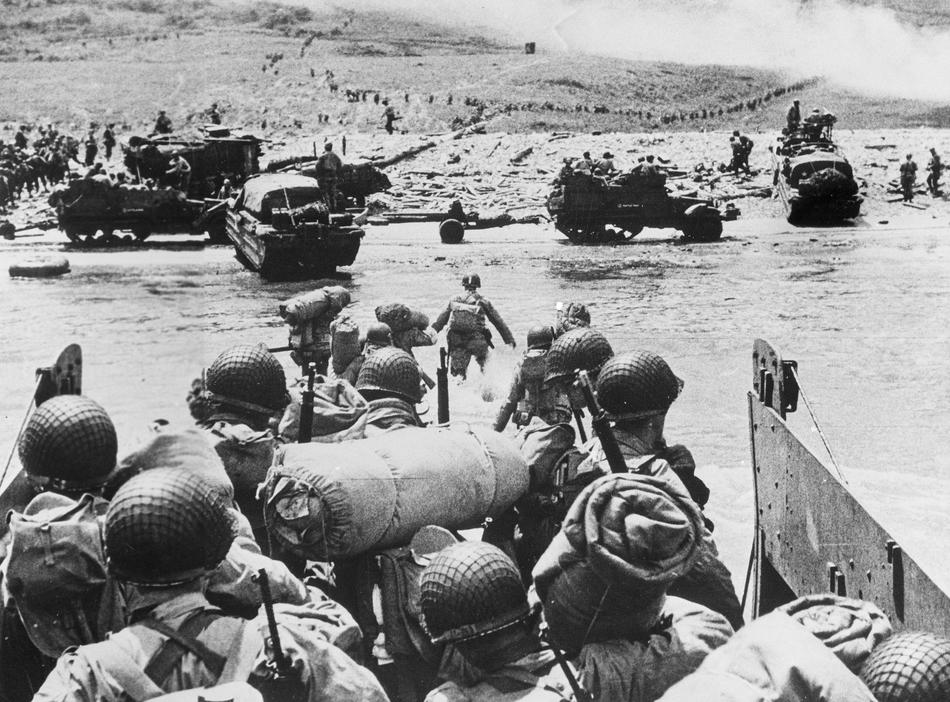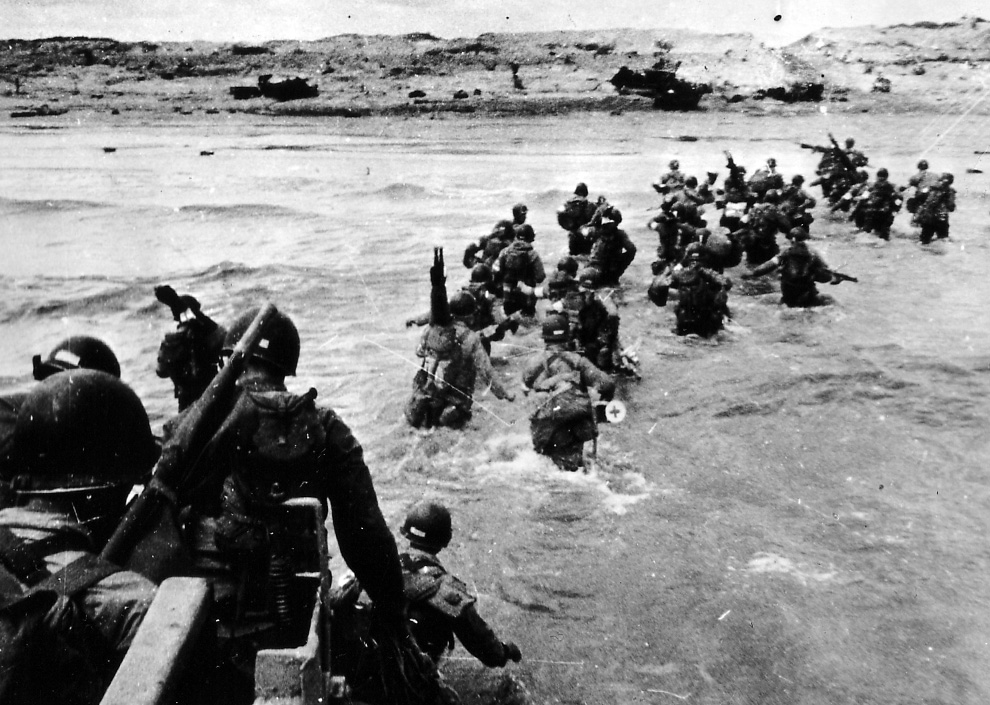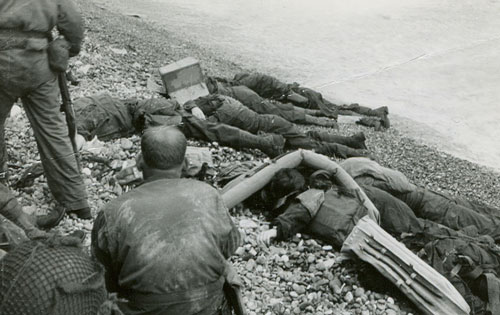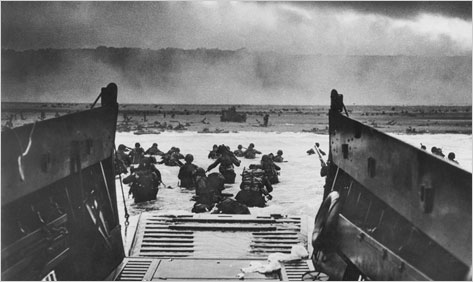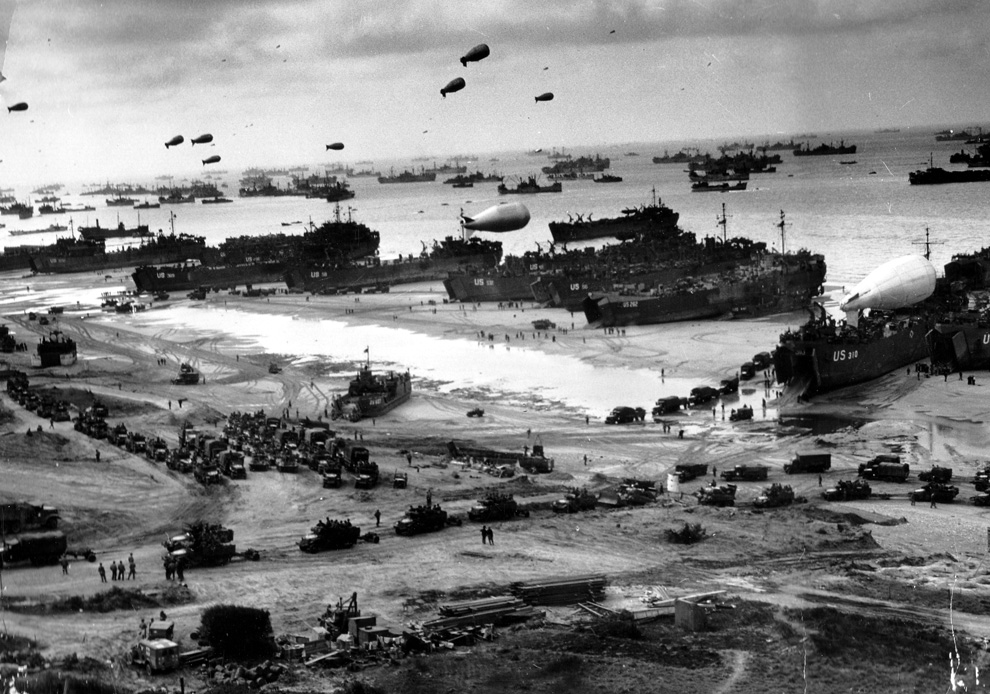World News – This event changed the history. For all those soldiers that gave their life that day……each one should be honored and remembered. The largest invasion fleet ever assembled, before or since, landed 156,000 allied troop on five beach-heads in Normandy on 6 June 1944.
Popular memory focuses on D-Day itself. The fighting continued for 10 weeks until 19 August. Some of the close combat, in and around Caen, or at the foot of the Cotentin peninsula, or in the Falaise pocket, was as murderous as anything on the Eastern Front.
After their defeat in Normandy, the German forces in western Europe were so reduced that the American, British, Canadian, Polish and Free French armies advanced to capture Paris by 22 August and Brussels by 1 September.
Casualties on D-Day itself were lighter than allied commanders had feared. It is estimated that about 4,400 allied troops, airmen or sailors died on 6 June 1944, of whom about 1,500 were British. There are 17, 769 British war graves in the whole of the Normandy battle zone.
How important was the battle of Normandy? Post-war western histories played down the immense Russian contribution to the downfall of Nazism. It would be equally wrong to dismiss, or marginalise, the importance of the second front opened on 6 June 1944.
Without D-Day, Adolf Hitler would have deployed many more divisions to resist the Red Army. He would have had more time to develop, and deploy, his modern weapon of terror, the V2. The war might have continued indefinitely.
At the very least, the Iron Curtain which was established in central Europe in the late 1940s might have been built 600 miles to the west, between Britain and the continent.
Remember D Day, Normandy in Photos

